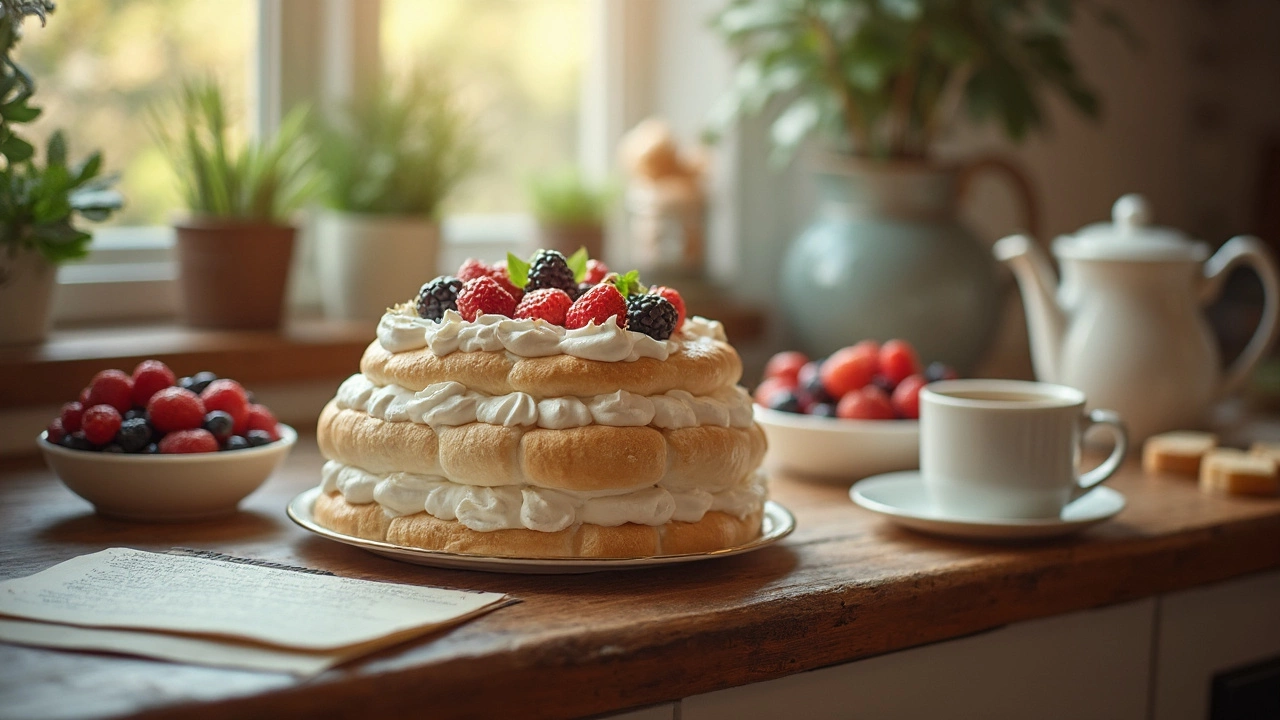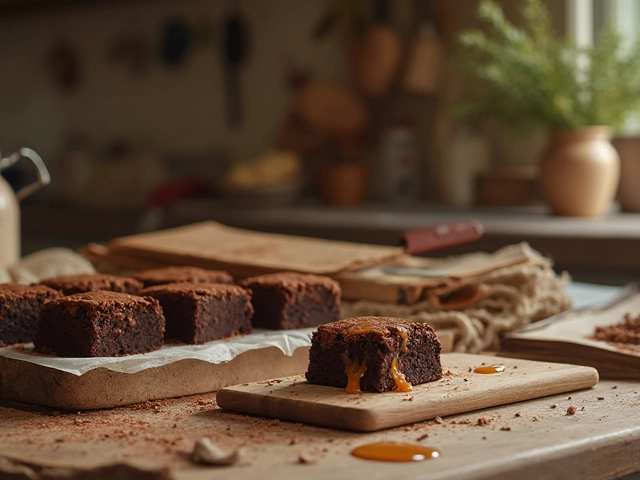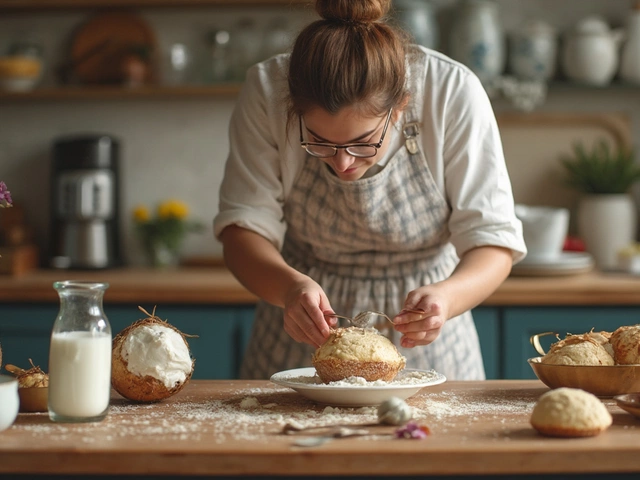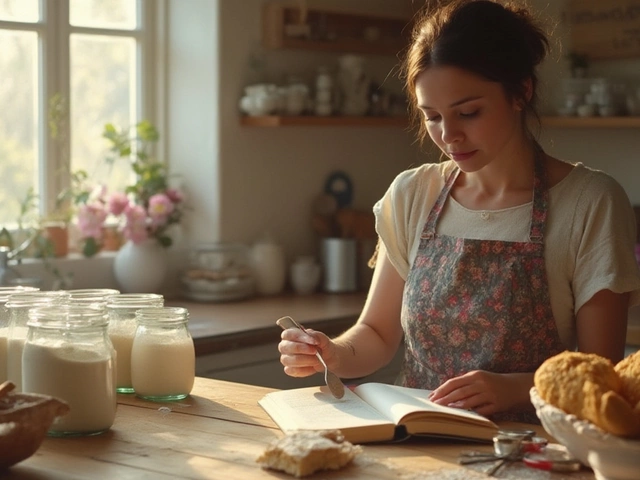Meringue Tips: Easy Tricks for Fluffy, Stable Peaks
If you’ve ever tried to make meringue and ended up with a flat mess, you’re not alone. The good news? A few practical tips can turn that egg‑white nightmare into a glossy, airy topping every time. Below you’ll find the must‑know basics and a couple of shortcuts that even a first‑timer can pull off.
Getting the Basics Right
First thing – start with completely clean bowls and whisk. Any trace of grease or leftover batter will keep the whites from whipping up. Glass or copper bowls are best; metal can get a little warm and slow the process.
Separate the eggs while they’re cold, then let the whites sit at room temperature for about 30 minutes. Warm whites trap air better, giving you taller peaks.
When you add sugar, do it gradually. Sprinkle a tablespoon at a time and wait until the previous batch disappears before adding more. This slow dissolve keeps the meringue smooth and glossy instead of grainy.
Now for the secret ingredient: acid. A pinch of cream of tartar, a few drops of lemon juice, or a splash of white vinegar stabilizes the foam. It’s the difference between a meringue that holds its shape and one that collapses the moment you lift the whisk.
Advanced Tricks for Perfect Meringue
Want a crisp shell on a baked meringue? Turn the oven down to the lowest temperature you can manage (around 90‑110°C / 200‑225°F) and let it dry out for 1‑2 hours. The inside stays soft, the outside stays crunchy.
If you’re using meringue as a frosting, whip it a bit longer than you would for a baked pie topping. Stiffer peaks give you more control when you pipe rosettes or swirls.
Got a shaky peak? Stop the mixer and gently fold a spoonful of softened butter or cream cheese into the meringue. The added fat reduces over‑whipping and gives a silkier finish, perfect for cupcakes.
For a colorful twist, add a tiny amount of powdered food coloring at the very end of whipping. Too much liquid will deflate the foam, so a little goes a long way.
Finally, store any leftover meringue in an airtight container at room temperature, not in the fridge. The cold will make it weep and lose that glossy shine.
With these straightforward tips, you can confidently create meringue that looks as good as it tastes – whether it’s topping a lemon tart, crowning a chocolate mousse, or decorating a birthday cake. Give one or two tricks a try on your next bake and watch the difference. Happy whipping!






